The classic comfort pudding of the UK. Jam Roly-poly is best served warm, with lots and lots of custard!


Fun fact… Despite doing Baking with Granny for nearly 8 years now, I still consider myself a novice baker. Something that annoys friends who come to me for recipes and baking advice.
Hear me out though! I grew up surrounded by Granny’s amazing baking, that doesn’t mean I am naturally a great baker. I didn’t study baking of any kind and I’m still very much a home baker.
Like any baker (including Granny!), it takes a lot of learning, and a lot of trial & error to perfect a recipe. It’s very rare that when I will have a recipe I want to share, I make it only the once, and it comes out perfect. Nine times out of ten, I will make a recipe at least 4-5 times before I feel I’ve got a hold of it and I’m happy to share it with the world.
This most certainly the case with Jam Roly-poly, let me tell you!
Despite being a bit of classic pudding here in the UK, I’ve never really had Jam Roly-poly more than a handful of times. And I’m pretty certain it was just a cheap frozen one when I did have it. So when it came to making it to share with all of you, I really was starting from scratch!
I did a lot of experimenting to find the perfect ratio of ingredients, flavours and getting the dough texture spot on. And despite feeling I had eventually master those, I still couldn’t roll a beautifully neat Jam Roly-poly. Surely it shouldn’t be so difficult to roll some jam-filled pastry around itself?!
In the end, I’ve gone for taste over beauty, and accepted that there’s not really such a thing as a “neat” Jam Roly Poly! And I think that’s just part of the charm.

What is Jam Roly Poly?
Jam Roly-poly is a traditional pudding (dessert) here in the UK. It’s a simple concept, of a relatively easy suet pastry, with a generous spreading of jam. It’s rolled into a log-like shape and steam-baked in your oven, until golden and delicious. Best served warm with custard, or some ice cream.
Jam Roly-poly used to be a staple pudding at school dinners, alongside Cornflake Tart and School Cake. Nowadays it’s considered a bit more nostalgic and definitely in the comfort food category.
What is the difference between Jam Roly-poly and Swiss Roll?
Don’t let their rolled and jam-filled appearance fool you! Swiss Roll and Jam Roly Poly are very different! Jam Roly Poly is made with a steam-baked suet pastry dough, so has quite a spongey, slightly stodgy texture. Swiss Roll on the other hand is made with a genoise-style sponge, so is very light in and fluffy in texture.
Both are very delcious but very different indeed!
Can I use vegetable suet in Jam Roly Poly?
Yes! Absolutely. In fact, using vegetable suet in a Jam Roly-poly is actually my preference. Of course, traditionally you would use beef suet but like I explain in the Ingredients list below, I prefer using vegetable suet due to not eating meat, as well as finding the idea of beef in a sweet pudding a little bit odd. #sorrynotsorry
Can I freeze homemade Jam Roly-poly?
This Jam Roly Poly recipe is great for freezing. The best way to do it is by slicing your roly-poly into individual portions, then popping a little bit of greaseproof paper between slices and placing them into a freezer bag or Tupperware. Then simply remove from the freezer a slice at a time and microwave when ready to enjoy.

Ingredients:
Self-raising Flour
Jam Roly-poly isn’t known for being a particularly light and fluffy cake. In fact, it’s quite the opposite – more like stodge and comfort! We do use a self-raising flour despite this though. Why? Because we do want a little bit of a rise & lift as it bakes. Without it, you will have a not-so pleasant roly-poly. Trust me!
Butter or Margarine
Traditionally, a Jam Roly Poly would only use suet as the fat of choice, however I find butter or margarine creates a nicer dough over all. It adds a bit more moisture and flavour, as well as a bit of colour too.
You want your butter or margarine to be cold when you use it. And if using a margarine, be sure to use a block margarine as opposed to the spreadable kind. The latter will make your dough too soft and difficult to handle.
Caster Sugar
Again, sugar is maybe not the most traditional addition to a Roly-poly dough, however I do consider it a must. Without it, your Roly-poly can taste a little bland. You will of course have sweetness in the jam but adding a little extra sweetness to the dough mixture helps elevate the flavours to another level, as well as avoiding any blandness.
Shredded Suet
Suet is perhaps the key ingredient in a Roly Poly, and what actually makes it what it is! First of all, what is suet? Traditionally, suet is the hard fat from an animal (usually beef or lamb) – also known as the “saturated fat”. Yummy… It used to be a very common ingredient in cooking and baking but has fallen out of fashion a little these days, due to a fear around consuming too much saturated fats & alternatives being readily available.
Jam Roly-poly uses a traditional(ish) suet pastry dough, which of course calls for the use of suet – this gives it the familiar spongey, somewhat stodgy, but endlessly comforting texture.
It is personal preference whether you use a Beef Suet or a Vegetable Suet. I always opt for vegetable, simply because I don’t eat meat – something to consider if you are making one for any vegetarians. But I also have a bit of mental block around the idea of using beef in a sweet pudding – it just doesn’t seem right to me! (Sorry, suet-purists!).
Milk
Again, it may not be considered the most traditional way to do a suet pastry dough – water would be the old fashioned way to make it. But milk adds a nice richness and flavour that the dough may otherwise lack. The recipe calls for 150ml of milk but you may need more or less, depending on factors like the quality of ingredients, the temperature of your kitchen, the humidity & the weather (yes, really!). So add a little at a time and don’t feel obliged to use all the milk if it doesn’t need it.
Jam
I use raspberry jam; partly because it’s my favourite, and partly because it photographs better due to the darker colour creating a nice contrast! You can use whatever jam you prefer though. Strawberry or raspberry are the obvious choices but the options are truly endless. I tend to choose a seedless jam for this bake, as I think it lends to a nicer roly-poly; but again, the decision is yours.
Granny's Top Tips
• Give your jam a good stir before you start to spread it on your pastry dough – it will go on much smoother then. A small palette knife is also handy to give you an even spreading.
• When it comes to rolling your Jam Roly-poly, having something long & flat to help you start the initial roll can be helpful. I use a metal ruler but a palette knife or icing scraper would be ideal too.
• Some roly-poly recipes will call for a dusting of sugar on top before serving. I haven’t included that step in this recipe as we add a little sugar to the suet pastry. But if you wish to dust some sugar on your roly-poly, do this whilst it is still warm, before serving. Caster sugar is also best for this purpose.

Love this? Try this:

Jam Roly Poly
INGREDIENTS
- 250 g Self-raising Flour
- 50 g Butter or Block Margarine cold & cubed
- 50 g Caster Sugar (Superfine Sugar)
- 50 g Shredded Suet
- 150 ml Milk
- 150 g Jam (Jelly)
INSTRUCTIONS
- Pre-heat your oven to 180°c (160°c for fan assisted oven, Gas Mark 4 or 350°F) and place a roasting tin with some boiling water at the bottom of your oven - this helps create steam in your oven to aid the baking of your Jam Roly Poly.
- Lay a couple of large pieces of tin foil (approx. 50cm long) so they overlap a little, on a flat surface. Place a piece of greaseproof paper (approx. 40cm) on top. This will be used to wrap your Roly Poly for baking.
- Sift your flour into a large bowl, before adding the butter/margarine. Rub the butter/margarine into the flour with your finger tips, to create a breadcrumb-like consistency. Add the sugar and stir-through to combine.
- Add the shredded suet and mix through, before gradually adding the milk, stirring through until you have a soft, slightly sticky dough - you may not need to use all the milk.
- Tip the suet pastry dough onto a well-floured surface and gently knead for a couple of minutes to bring the dough together. Using a generous amount of flour on your hands, worksurface and rolling pin, roll your dough to a square approx. 25cm x 25cm. Trim the edges if necessary.
- Spread the jam over your square of dough, leaving a 1-2cm gap on one edge (the furthest away to you edge is best, as it will make it easier when it comes to rolling). To roll your Jam Roly Poly, take the edge opposite the gap and start to roll it towards the gap - initially it will be more of a folding action, as opposed to a roll. Continue to roll until you reach the other end. Brush your gap with a little excess milk before rolling right over to seal your Roly Poly.
- Bring your prepared tin foil and greaseproof paper to your now-rolled Roly Poly. Gently lift your Roly Poly onto the greaseproof paper - using a large palette knife can make this easier. Pull the greaseproof paper and tin foil around your Roly Poly and fold the tin foil to seal the edges. You want to create a sealed parcel around your Roly Poly, but leave lots of space around it inside, to allow it to rise as it bakes.
- Place your Jam Roly Poly parcel onto a tray and bake in your pre-heated oven for 50 minutes - 1 hour. Once baked, remove from the oven and open the parcel to let out the steam, and let it cool a little before serving.
IMPORTANT NOTE:
All my recipes are developed using a digital scale and the metric system (grams and millilitres). Cup measurements are available as a conversion but these, unfortunately, won't always be as accurate. For best results, I always recommend baking with a digital scale.
Free-from & Vegan
Gluten-free: I haven’t tried making a gluten-free Jam Roly-poly, so I can’t say for certain how successful it would be; but in theory you should be able to just replace the flour for a gluten-free self-raising flour. If you do try, let me know how it turns out!
Egg-free: No eggs are used in this Jam Roly-poly recipe, but be sure to double check your individual ingredients for any hidden allergens.
Nut-free: No nuts are used in this Jam Roly Poly recipe, but be sure to double check your individual ingredients or any hidden nuts.
Dairy-free: To make this a dairy-free Jam Roly-poly recipe, simply use a diary-free margarine and a milk alternative of your choice. I have used soya milk in the past with good success.
Vegan: To make this a vegan Jam Roly Poly, simply follow the dairy-free tips above.




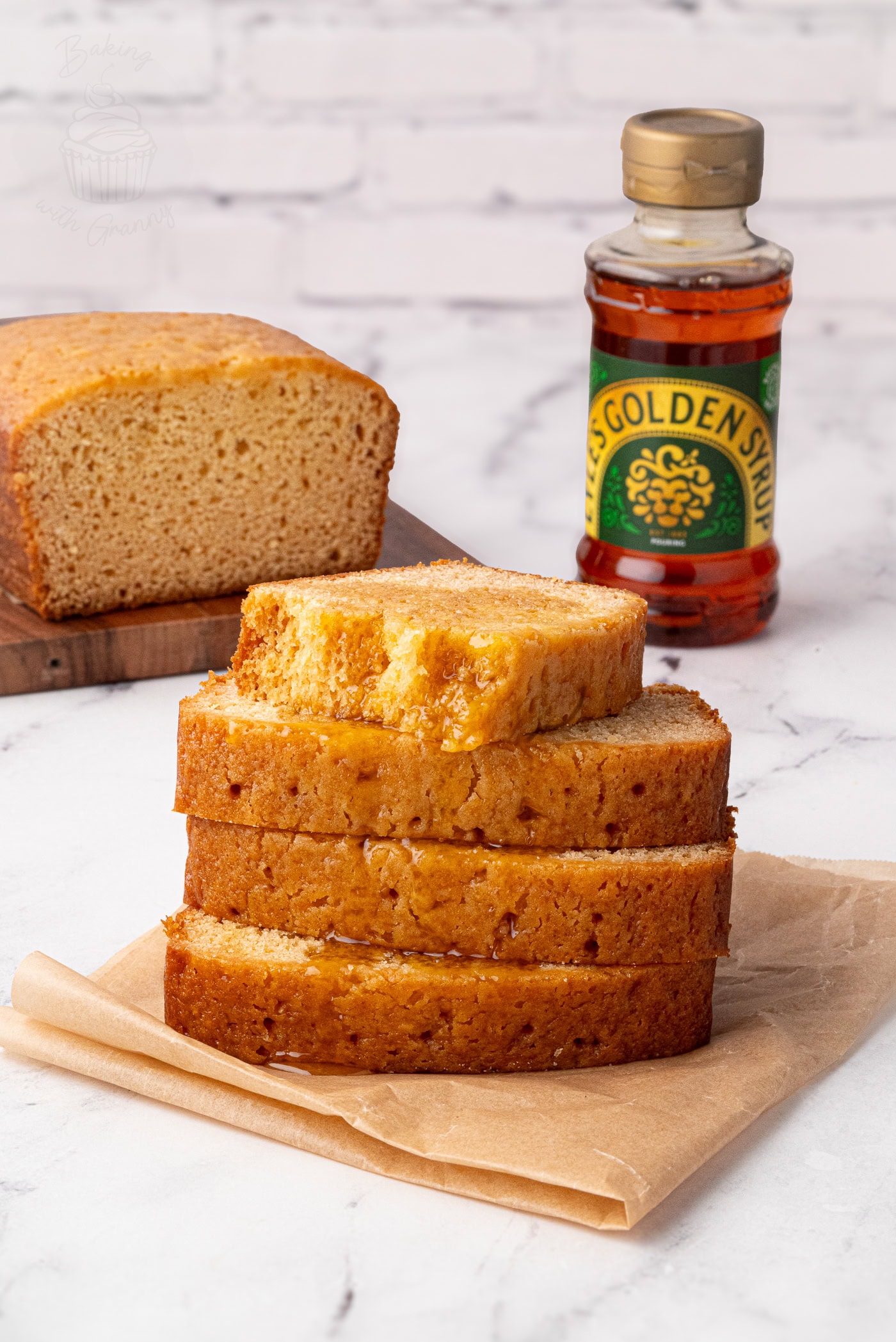



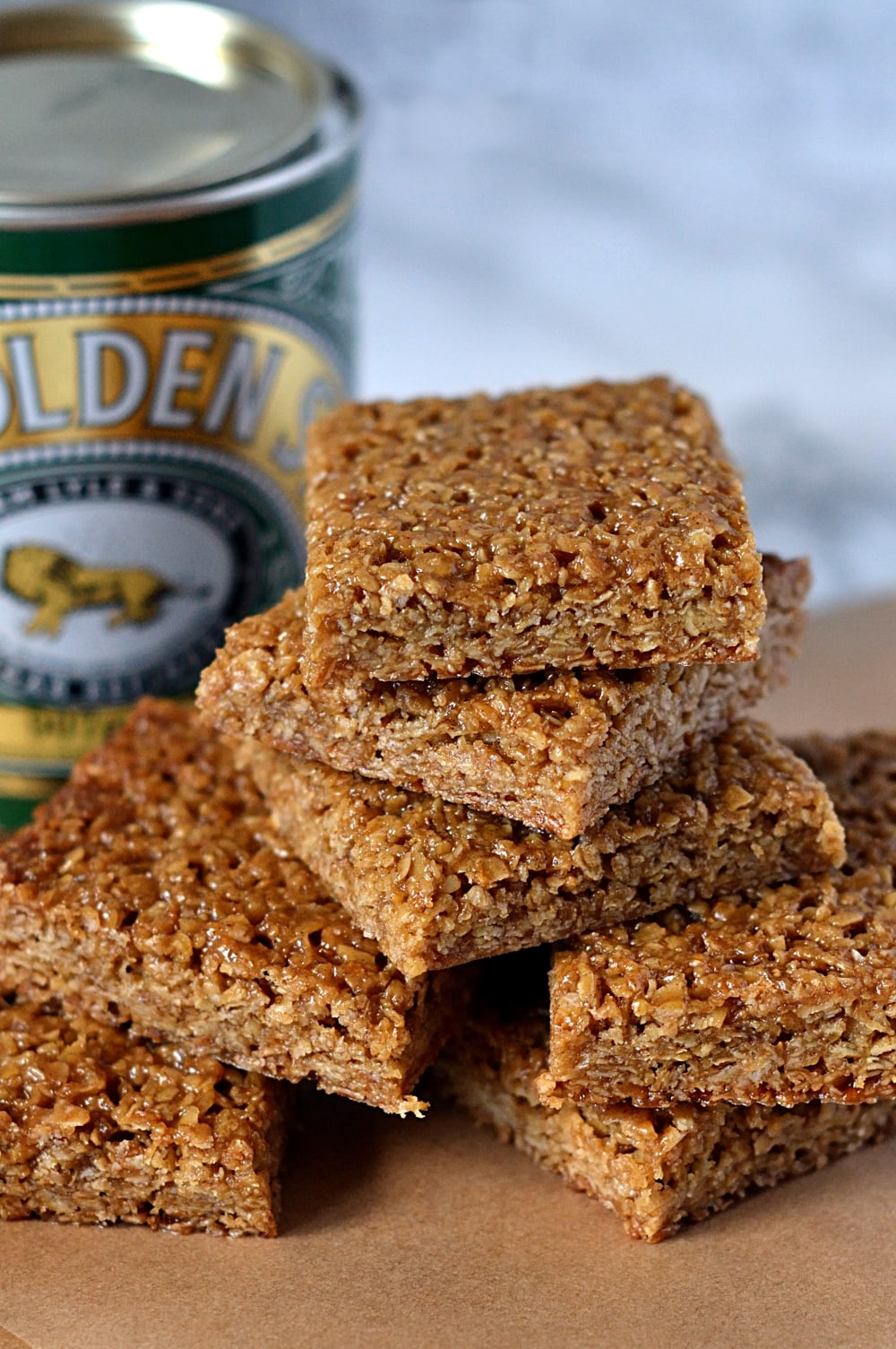

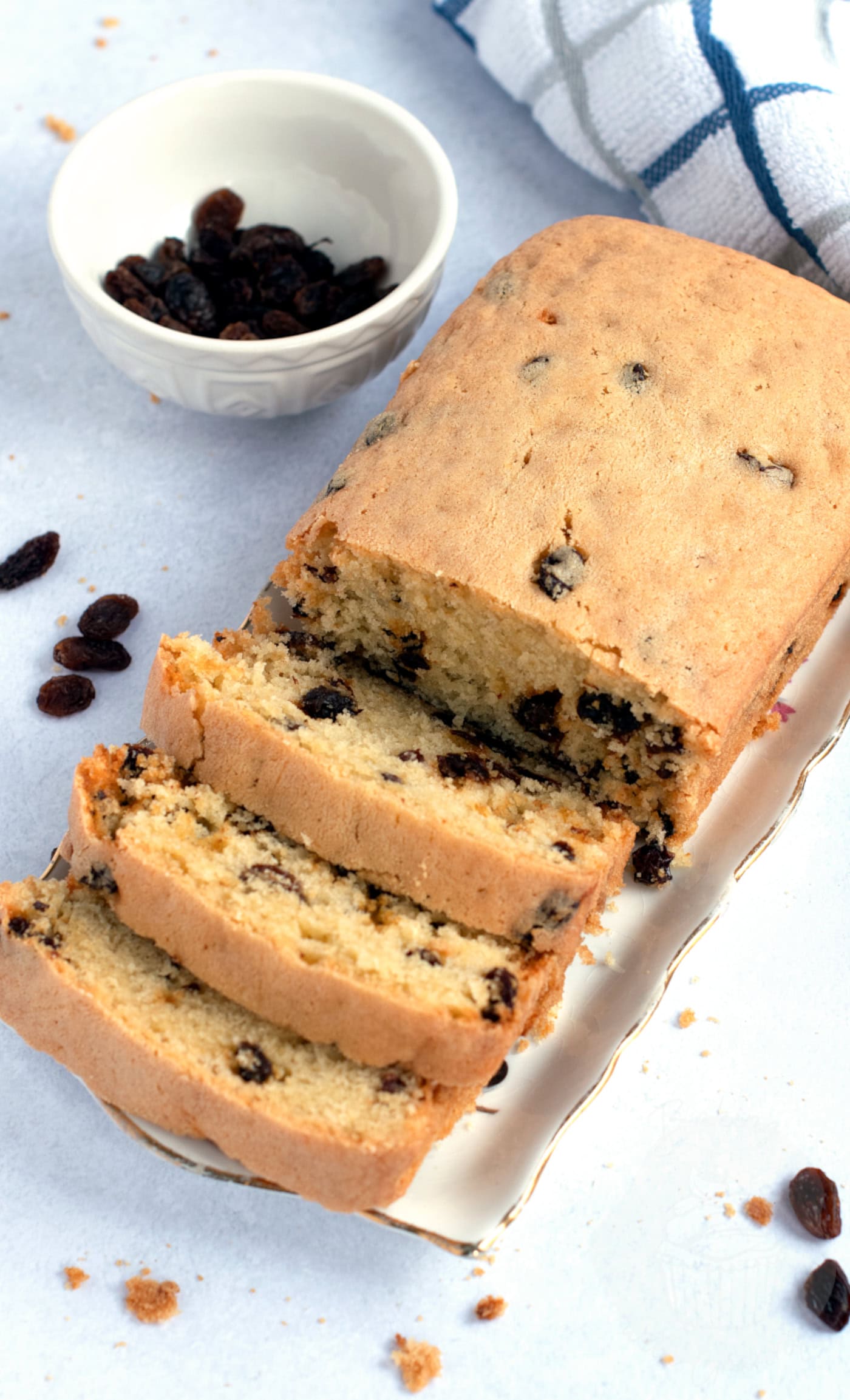
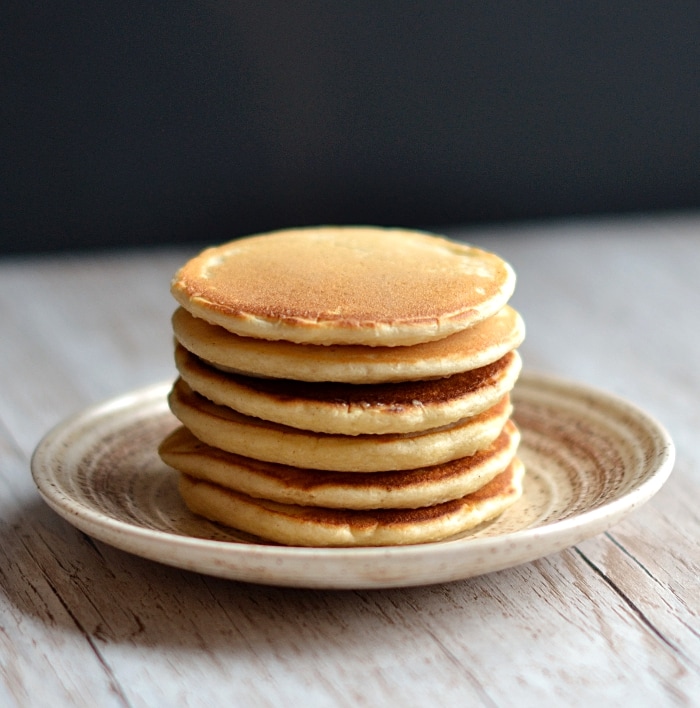









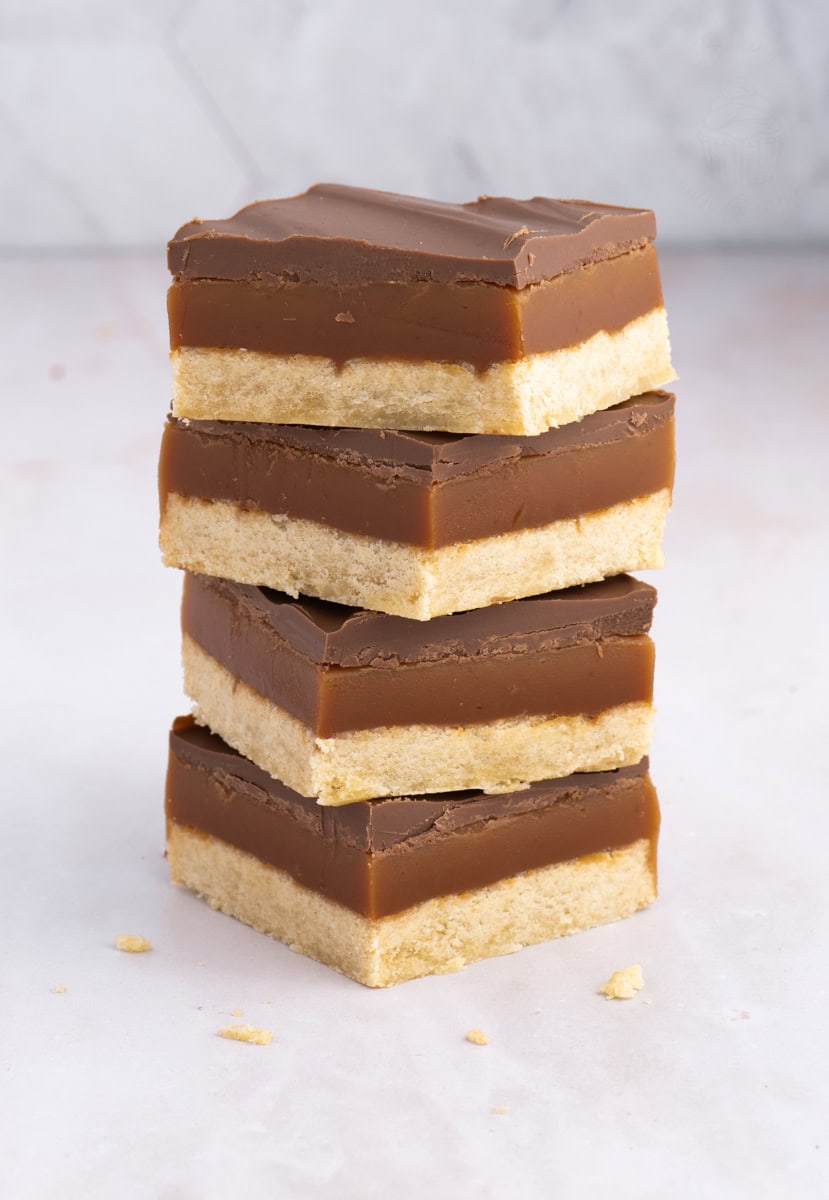

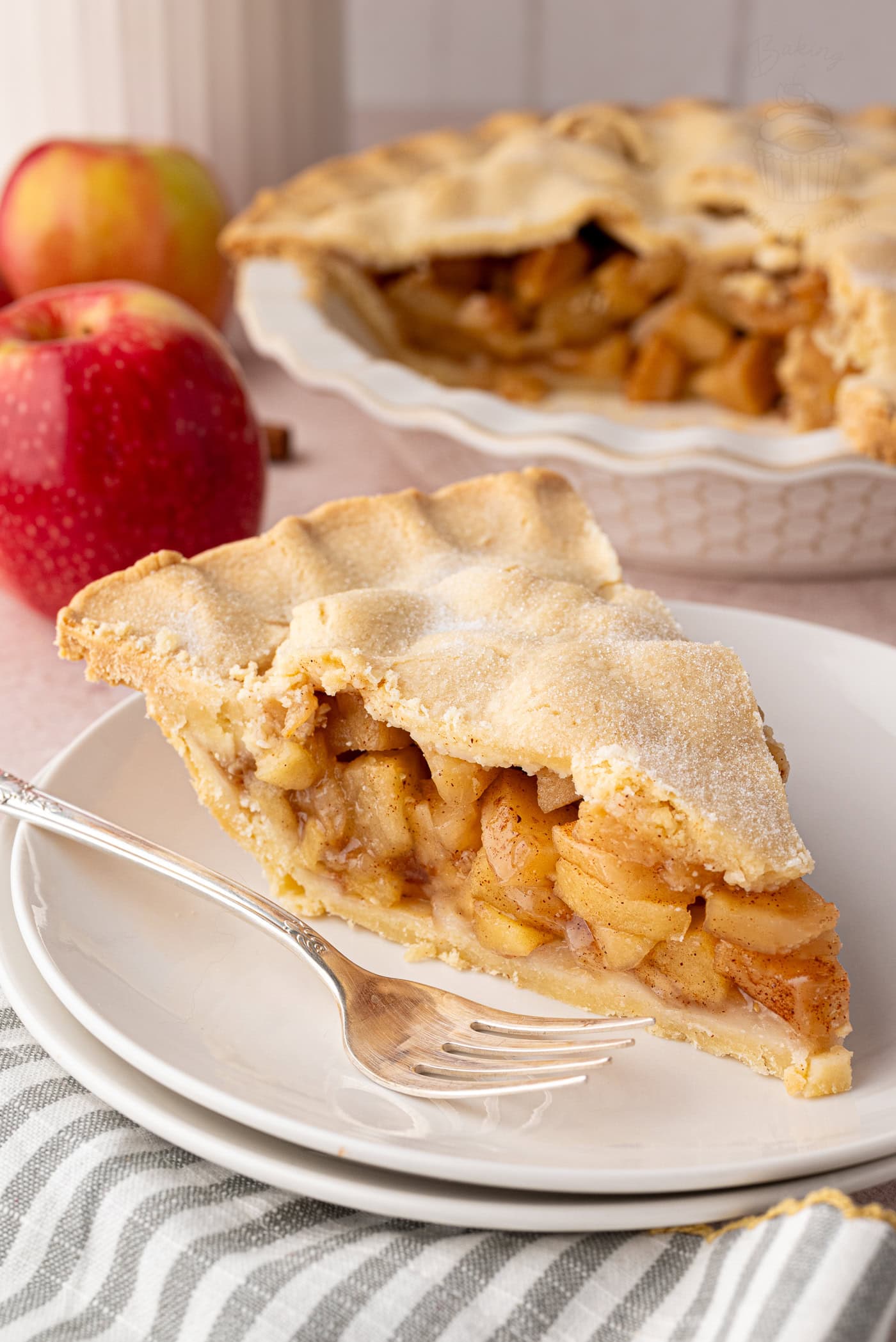


13 responses
Hi, I’ve not yet tried this recipe, but at secondary school in the 1970s we had syrup suet for pudding with custard. We would go back for seconds, thirds and more if possible. Scrumptious
this is definately a recipe to save for winter!! i live in france and we have a heatwave!
33 degrees and rising
My Mom would make this for drop in company.she called them snails…..filled with cinnamon sugar and walnuts,sliced,baked & iced….
The best one I have ever made,thank you
Can you just steam it !
My husband always remembers his mothers Roly Poly pudding with great fondness.
Made this recipe for him … Excellent.
Mine is as flat coming out as when it went in. The pastry has an unpleasant flavour too. Not a favourite I’m afraid.
the suet wos probable out of date it will taste bad
Yes I made a spotted Dick and suet was out of date, it tasted awful.
Googled for a jam Roly poly recipe and found this one family round for dinner what a fantastic recipe reminded everyone about school made ones very very nice can’t wait to try more of your recipes
Can I make this one day & refrigerate to bake the following day?
Need it for a Sunday lunch….
Can I make this one day & refrigerate to bake the following day?
Need it for a Sunday lunch….
I majored in custard and minored in Gravy at university
I have continued to work with custard post grad
This roly poly recipe has created the perfect accompaniment and I have tried a few
Congratulations